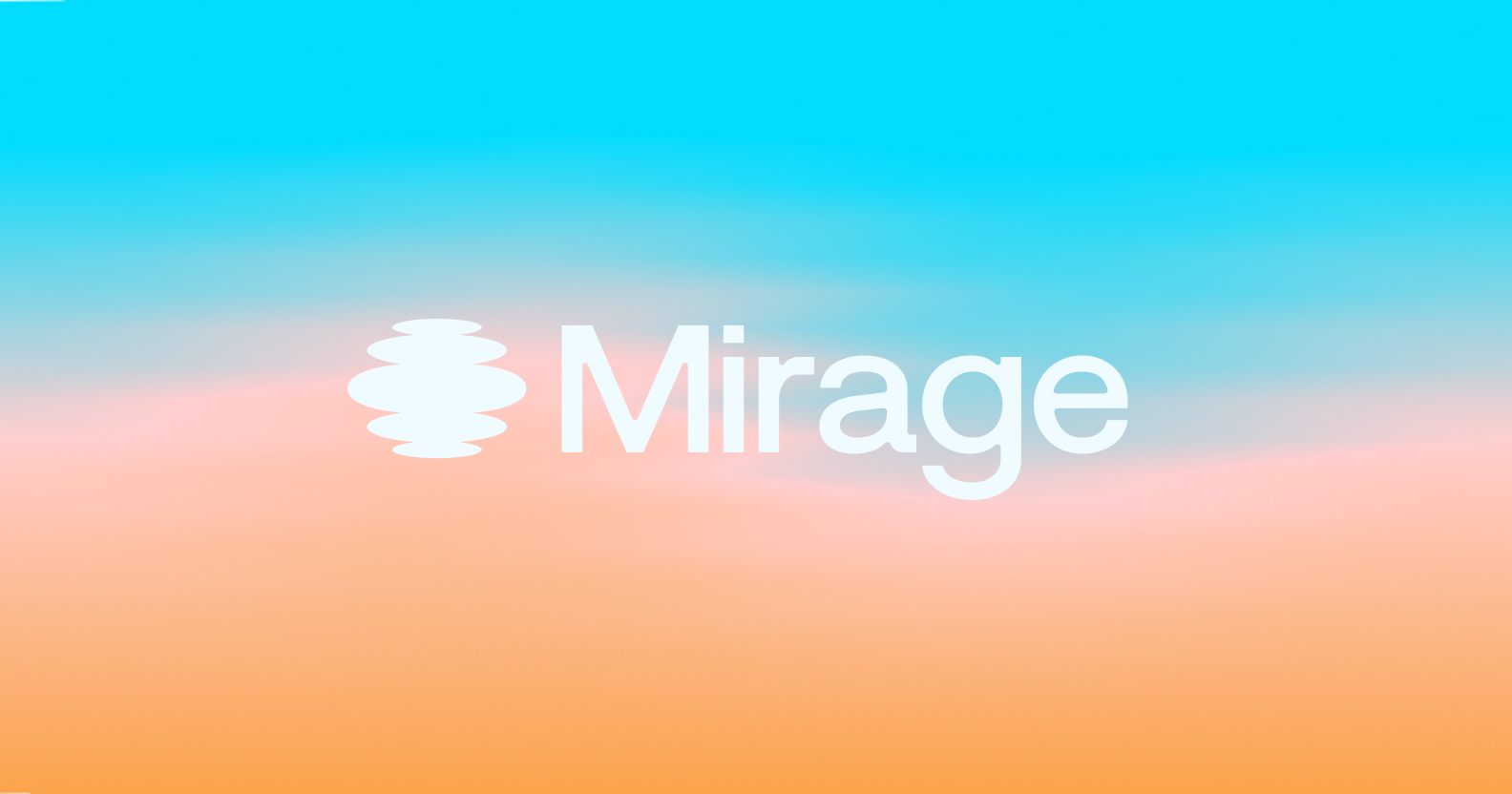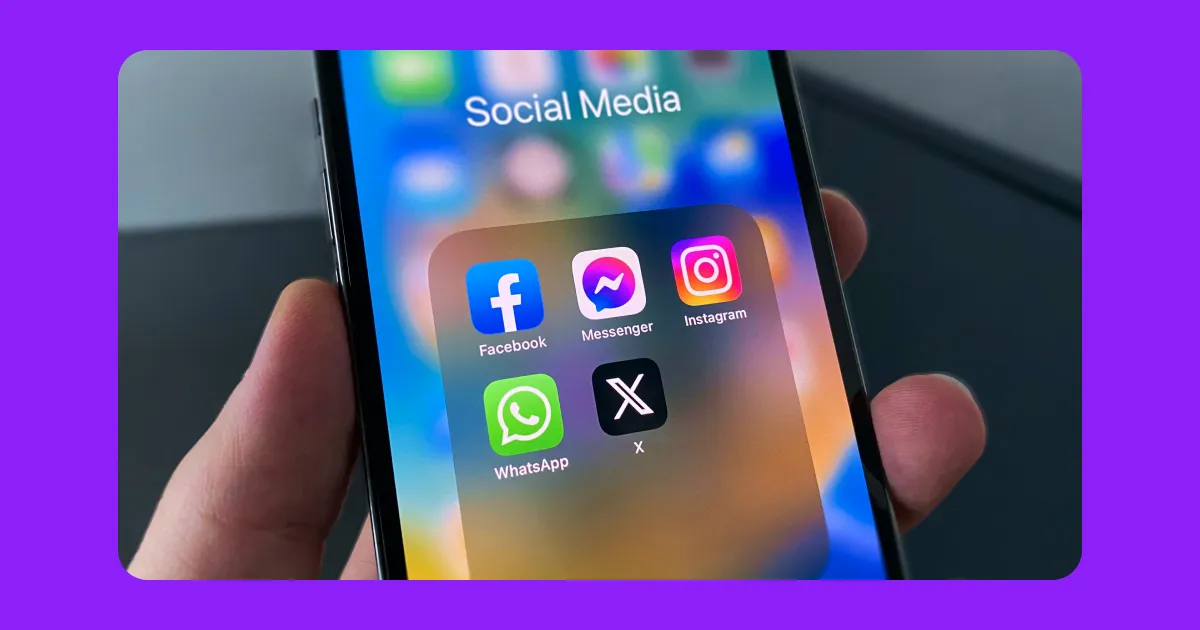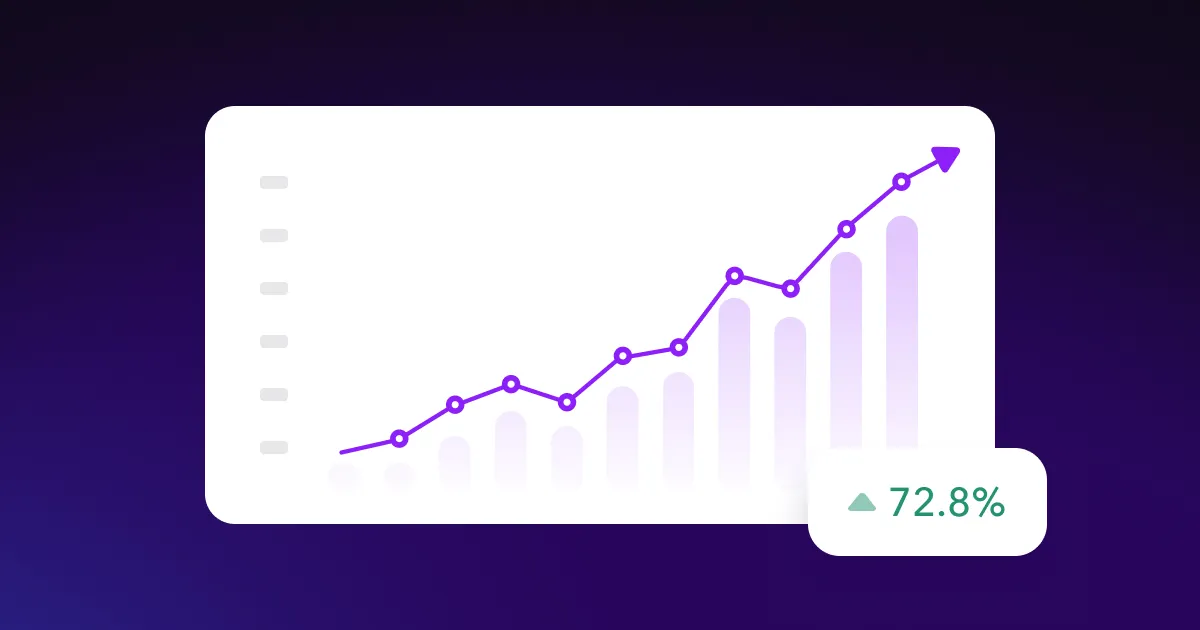While having high-quality and captivating visuals is a great starting point for a YouTube video —to really hook audiences, you’ll want to set the right tone. That’s where music comes in.
Unfortunately, using music on YouTube videos can be a hassle. The platform has a limited music selection, and if you add copyrighted songs, you could end up breaking YouTube’s rules and have your video taken down.
Here’s how to add music to YouTube videos to avoid copyright issues, enhance your message, and connect with your audience.
A Quick Rundown on YouTube Music Policies and Copyrights
Most music you hear is copyrighted. That means, legally, someone else owns it, and you can’t add it to your YouTube videos without their permission.
YouTube takes copyright laws seriously and has its own set of rules to help creators and musical artists follow those laws. If you break them, YouTube might mute the music, take your video down, or even suspend your account. If you’d monetized the video, the money may also go to the copyright owner instead of you.
It might seem easy to bypass these rules as a small creator. Who’s going to notice you used a copyrighted song? However, YouTube has automatic detection systems. If you upload a video with a song you don’t have permission to use, YouTube will spot it and take action quickly — no matter how many followers or viewers you have.
To avoid these consequences, there are two main YouTube copyright music policies you should know:
1. The First Rule of Copyright
Only use content that you’ve made or are 100% sure you can use. Make sure you have concrete permission to use a song, or choose a track that you know is copyright-free (also known as royalty-free). Adhering to this rule ensures YouTube won’t block your video or remove it completely from the platform.
2. Fair Use Policy
YouTube may allow you to use someone else’s music in your video under the Fair Use Policy. Fair use is a U.S. law that lets you use copyrighted material without permission — only if it follows fair use guidelines. This includes using it for criticism, education, or news reporting. For example, if you’re making a commentary video about a certain artist’s album, you can play a song clip to explain your ideas.
International laws may differ, and YouTube considers the laws in your country when making fair use decisions, so check policies in your area before posting if you’re not in the U.S. YouTube also looks at the video's purpose, the amount of original material present, and whether the copyright owner is losing revenue because of your video. If you’re re-uploading an entire song to your channel so others can listen, chances are it won’t count as fair use.
How To Know if a Song Is Under Copyright
It’s best to play it safe when adding music to your videos. The consequences of using copyrighted songs can be harsh, especially if you’re a small creator. Using copyright-free music is also about respect — adding music that isn’t yours is a form of stealing.
If there’s a song you want to use but aren’t sure if you have permission, here are two simple ways to check:
- Ask the artist — Some smaller artists are responsive to messages and might even love for you to use their music. Check their official website, social media profiles, or music platforms for contact information, and reach out to ask about the song’s copyright status and whether you can use it. Just keep in mind that big artists likely won’t reply.
- Check licensing information — Visit the creator's official website or platforms. Look for sections like "Terms of Use," "Licensing," or "Usage Rights." Music labels typically provide information here about copyright and usage. If you find information indicating that the song is free to use, falls under a specific license (such as Creative Commons), or offers clear guidelines, it should indicate whether or not you can use the music and the terms for doing so.
- Play it safe — If you aren’t sure whether a song is copyrighted, don’t use it. It’s not worth getting your video taken down or losing your monetization. Instead, use Captions AI Music to create a completely new track that is copyright-free.
How To Find Copyright-Free Music for YouTube
There are quite a few free music libraries out there, so with a little digging, you can find something that suits your video. Here are a few sources for royalty-free music:
- YouTube Audio Library — YouTube has its own Audio Library where you’ll find thousands of free, non-copyrighted music and sound effects. It has an extensive collection, which you can filter by genre, mood, or duration. Just keep in mind that some songs are Creative Commons, which means you have to attribute the creator.
- Royalty-free music websites — Explore royalty-free music websites like Epidemic Sound, Artlist, or Bensound. These platforms offer a wide range of copyright-free music tracks. Before you include a song from one of these sites, check the licensing terms, as different tracks may have different usage conditions. For example, some are only available for personal use, so a business wouldn’t be able to use them for marketing.
- Captions AI — Creating a whole new song is the best way to ensure your video has unique, copyright-free music — and you don’t have to be a musician to do it. Use the power of AI to generate custom tracks with Captions AI Music. In just a few clicks, you can generate a song, change the intensity to highlight key moments, and automatically lower the volume when someone speaks.
Using the YouTube Video Editor To Add Music to YouTube Videos
If you’re in a rush or realize you accidentally uploaded a video with a copyrighted song, you can change it right in YouTube’s video editor. The audio library is limited, but it’s a good way to avoid copyright infringement — which is especially important if YouTube caught you using an unauthorized song.
Here’s how to add music to YouTube videos without copyright concerns from the YouTube Audio Library:
- Go to YouTube Studio — Sign in to your YouTube account from your computer browser and tap your profile picture on the top right corner. Then, scroll down the list to YouTube Studio and click on it.
- Navigate to the content editor — From the menu on the left, select Content. Alternatively, click on Audio Library to see the YouTube Studio library of songs available.
- Select a video to edit — Click on the box next to the video you want to edit. A checkmark should pop up. Hover over the description and a menu will appear. From there, click the pen icon to edit.
- Edit your video — In the menu on the left, select Editor. Click "Get Started" to begin.
You can now edit the video on a timeline.
- Choose a song — Scroll to the point in your video where you want to add music.
Click on Audio and tap the arrow next to the Search to add filters. Search for music by track title or genre, or try “Attribution not required” for songs that don’t ask for credit.
- Add it — Click Add to include the music in your video and Save.

The Cons of YouTube’s Video Editor
Although YouTube’s video editor is convenient, it isn’t the best overall choice. The song options are limited, and it lacks features for making more complex edits like transitions. Here are two of the biggest cons:
1. Limited Audio Tracks Library
While the library is relatively large, it’s challenging to find the right music to complement your video’s theme. Due to the lack of variety, people use popular tracks across millions of videos — which is a big problem if you want your content to stand out. You also can’t upload audio to YouTube Editor besides what’s already in your video. If you want to add your own music, you have to do so before uploading it to YouTube.
2. No Advanced Audio Editing Features
YouTube's editor is simple, which works for easy edits and quick cuts. However, it doesn’t have the advanced features you need to perfect your videos. You can’t add many transitions, audio effects, or visual flair, restricting your creativity and lowering the video’s quality.
Instead, use an AI-powered solution like Captions to script, record, and edit your YouTube videos 10x faster. You’ll have more time to focus on the creative aspects of your videos, and you can adjust the audio as much as you want. Captions also has AI Music capabilities to create your own copyright-free songs, avoiding repetition and setting you apart.
How To Easily Add Custom Music to Your Videos With Captions
Here’s how to add AI music to your videos within the Captions app:
- Tap on the project you want to work on, then navigate to the Music icon in the bottom bar.
- Tap on "AI Music" and choose a genre, mood, or theme. You can choose more than one genre or mood to make your track more specific — for example, make it a happy pop-country song that’s also suspenseful.
- Wait for the system to create your song, which only takes up to a minute. You can also go back and adjust your selections if needed. If you like the final product, tap "Apply".
- Adjust the intensity and volume of the music to match your video’s content. You can also use ducking to lower the volume of the background music automatically when someone speaks.
- Continue editing your video with Captions’ other AI features, like Denoise, AI Voiceover, and automatic captioning.

Level Up Your Videos With Captions
Say goodbye to copyright issues with Captions AI Music. You can generate royalty-free songs for your videos in minutes — and no two songs will ever be alike. Choose from over 50 genres, moods, and themes for a one-of-a-kind track that complements your content.
While you’re at it, Captions will denoise your video, add customizable captions, and dub your speech into different languages. After you post to YouTube, Captions can even extract the most viral-worthy clips from your videos and make YouTube Shorts, saving you time so you can create more content.








